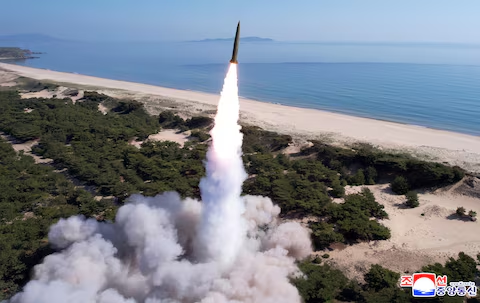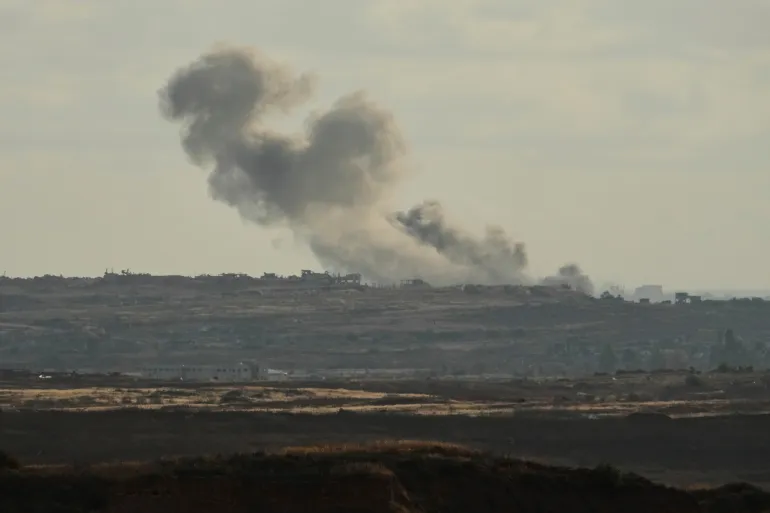On May 8, 2025, North Korean leader Kim Jong Un supervised a significant military exercise involving short-range ballistic missiles and long-range artillery, emphasizing the nation’s commitment to maintaining a robust and responsive nuclear force. According to the state-run Korean Central News Agency (KCNA), the drills were designed to assess the operational readiness of North Korea’s “nuclear trigger” system and to ensure swift retaliatory capabilities amid escalating regional tensions.
The exercise featured the deployment of 600 mm multiple launch rocket systems and the Hwasong-11 tactical ballistic missile, internationally known as the KN-23. Notably, the KN-23 has been identified by Ukraine and Western officials as a missile type supplied by North Korea to Russia for use in the ongoing conflict in Ukraine.
Kim Jong Un underscored the importance of enhancing the long-range precision strike capabilities and overall efficiency of North Korea’s weapons systems. He stated that maintaining a state of normal combat readiness is crucial for deterring and, if necessary, engaging in warfare.
South Korea and Japan confirmed the launch of multiple ballistic missiles from North Korea’s east coast, with South Korean military officials suggesting that the tests were likely performance evaluations of already deployed short-range missiles, potentially intended for export enhancements.
This missile test is part of a broader pattern of North Korea’s military activities aimed at showcasing its advancing capabilities. Earlier in May, Kim Jong Un visited a major tank manufacturing facility, highlighting progress in developing “Korean-style” tanks as part of efforts to modernize the country’s conventional military forces. These developments occur amid reports of North Korea’s deepening military ties with Russia, including the provision of weapons and potential deployment of troops to support Russian operations in Ukraine.
The international community, particularly the United States and its allies, continues to monitor North Korea’s military advancements with concern. The potential for North Korea to further develop and export its missile technology poses significant challenges to regional stability and global non-proliferation efforts.
In conclusion, North Korea’s recent missile tests under the direct supervision of Kim Jong Un signify a continued focus on strengthening its nuclear deterrent and military capabilities. These actions not only serve domestic propaganda purposes but also send a clear message to the international community regarding North Korea’s strategic intentions and its role in the evolving geopolitical landscape.
Source: Reuters



